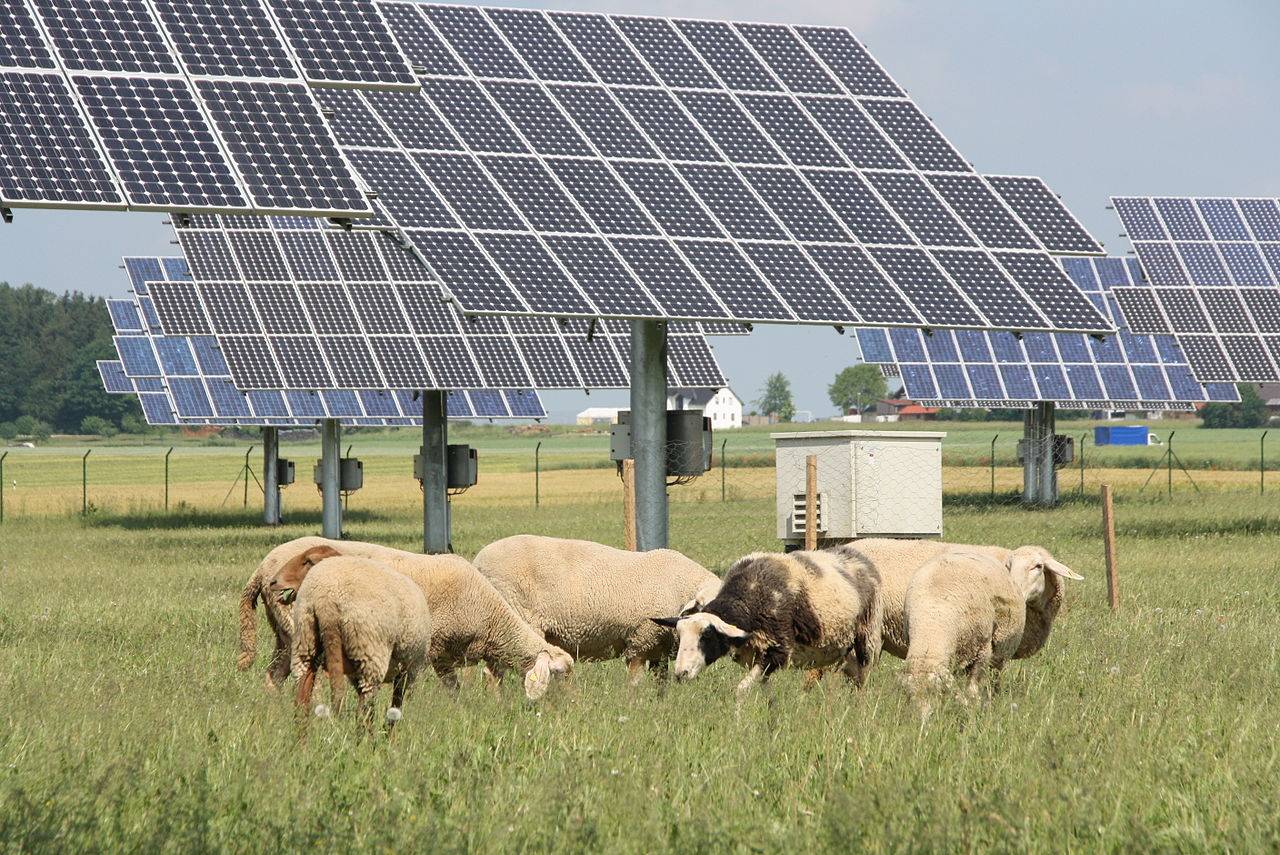Coal phase-out has many positive side effects

In addition to climate protection, there are positive effects on the environment, health and a low-cost, decentralized and clean energy supply.
For several years, solar and wind power have recorded a steady reduction in electricity generation costs (REN21 2017). In the future, a further cost reduction can be expected.
Nevertheless, the rumor is that coal is the cheapest way to generate electricity but the opposite is the truth. Currently, large parts of the costs incurred are not internalized in the resulting final price. Coal companies outsource the costs of environmental pollution, such as falling groundwater levels or greenhouse effects, to the society. There are also indirect subsidies such as the free extraction of groundwater. As the figure shows, the total costs of lignite-fired electricity in Germany can be estimated at 22.2 to 23.6 €ct/kWh in 2017 alone. Society bears more than 80% of it (Greenpeace Energy eG 2018). Due to lower production costs, renewable energies have become increasingly independent of state subsidies (the so-called EEG-Umlage/ engl.: Renewable Energy Law apportionment) in recent years. If, on the other hand, lignite companies had to bear the total costs of their production, they would already be driven out of the market today (cf. figure).
One possibility to include a part of the environmental costs from fossil energy sources back in the electricity generation costs is the European Emissions Trading System (ETS) introduced at European level in 2006. Electricity companies have to purchase an emission certificate for every tonne of CO2 emitted (Ellerman, Marcantonini, and Zaklan 2016). Up to now, this mechanism has not worked sufficiently, partly because of extremely low prices. During the first half of 2018, the price of a CO2 certificate rose to around €20. However, in order to achieve the climate targets, the CO2 price for the period 2021-2030 would have to be between 45 and 55 €/t CO2 (Lewis 2018).
Further reading
- Greenpeace Energy eG 2018: „Was Braunkohlestrom wirklich kostet: Studie im Auftrag von Greenpeace Energy eG“. Berlin: Forum Ökologisch-Soziale Marktwirtschaft e.V.
- Lewis 2018: "Carbon Clampdown: Closing the Gap to a Paris-compliant EU-ETS". Carbon Tracker Report
- REN21 2017: „Renewables 2017“. Global Status Report. Paris: Renewable Energy Policy Network for the 21st century.
- Ellerman, A. Denny, Claudio Marcantonini, und Aleksandar Zaklan. 2016. „The European Union Emissions Trading System: Ten Years and Counting“. Review of Environmental Economics and Policy 10 (1): 89–107.
